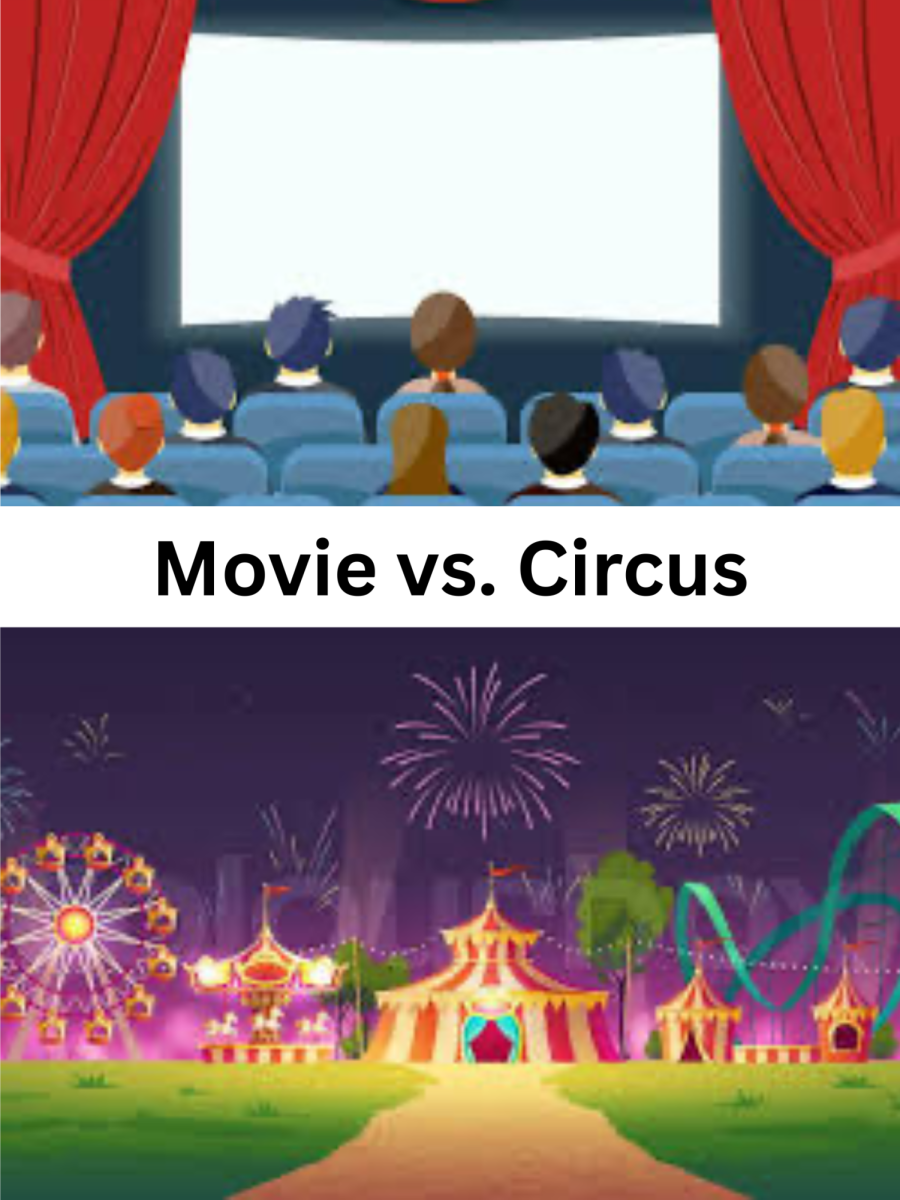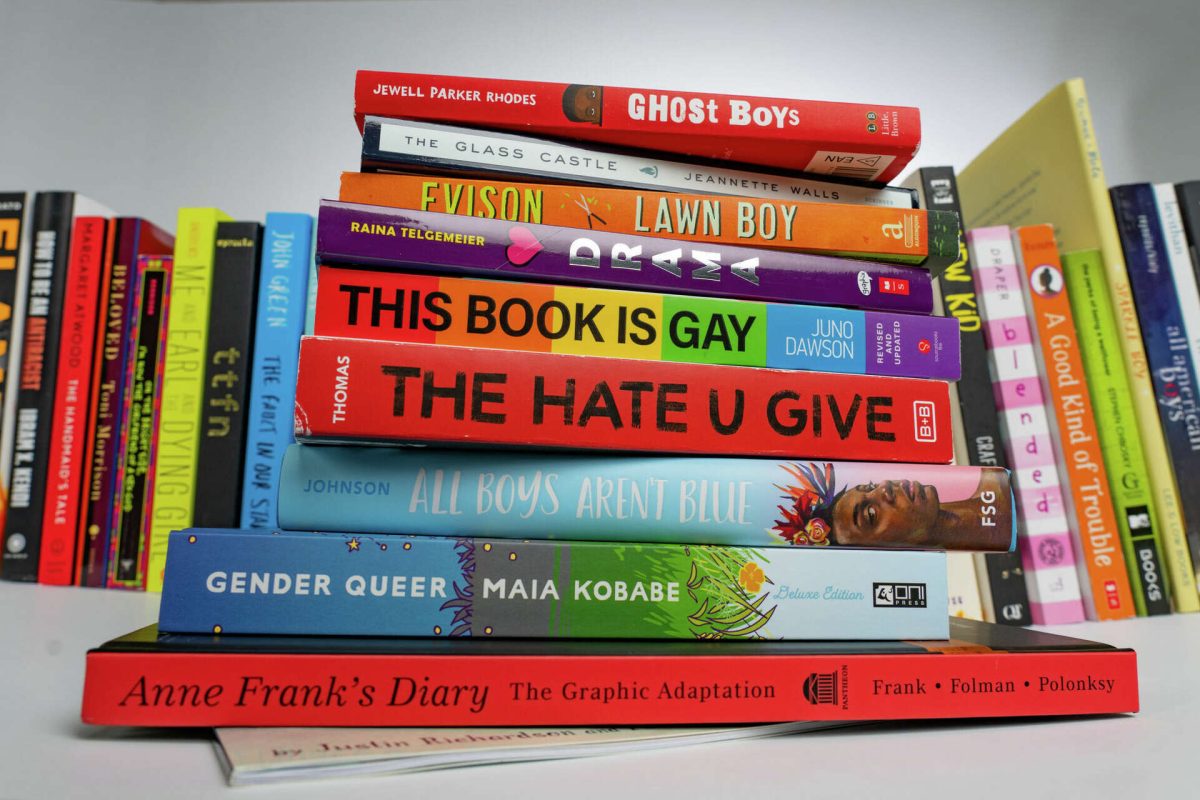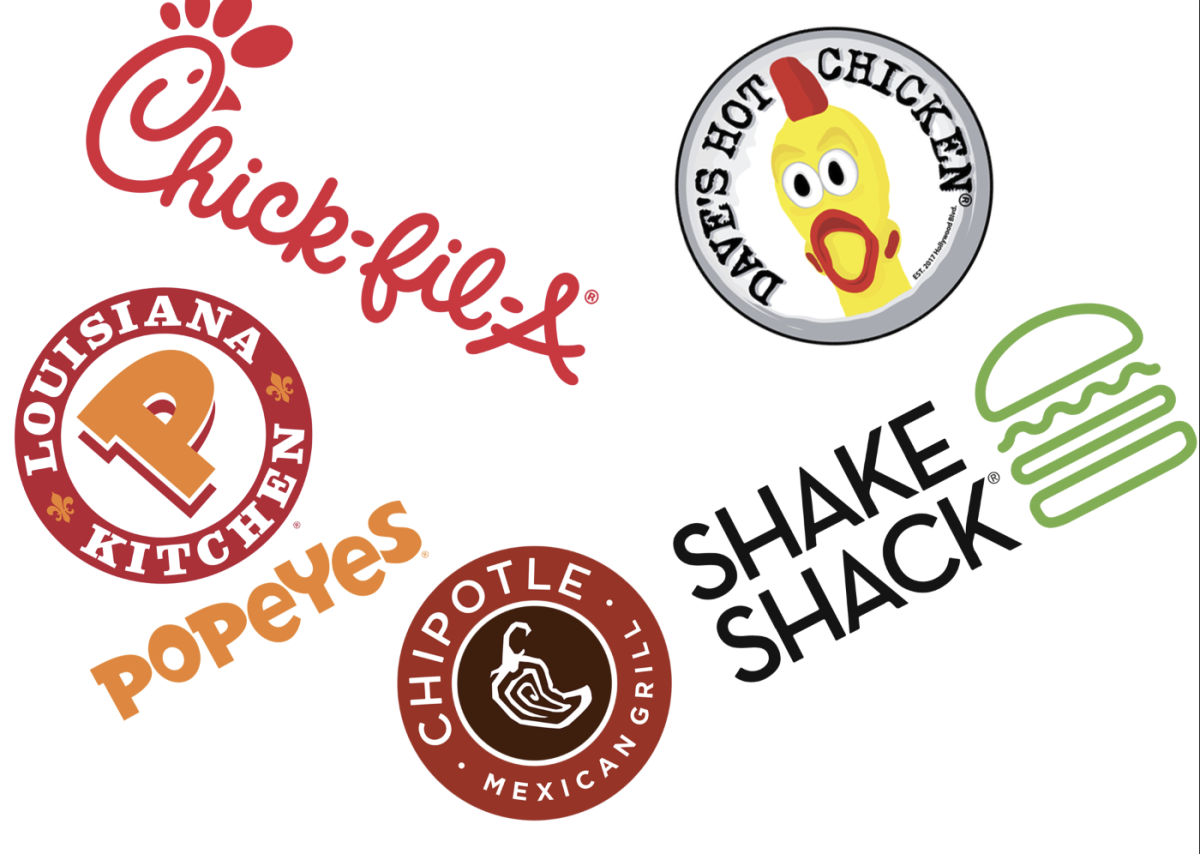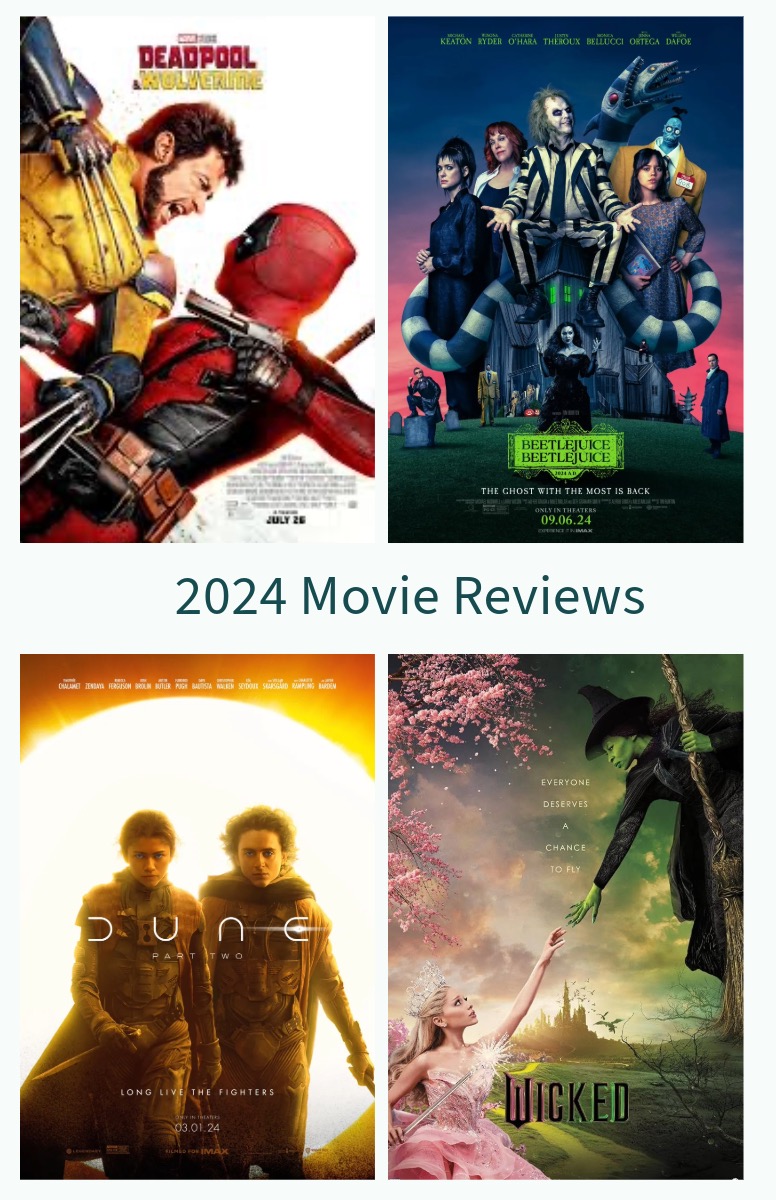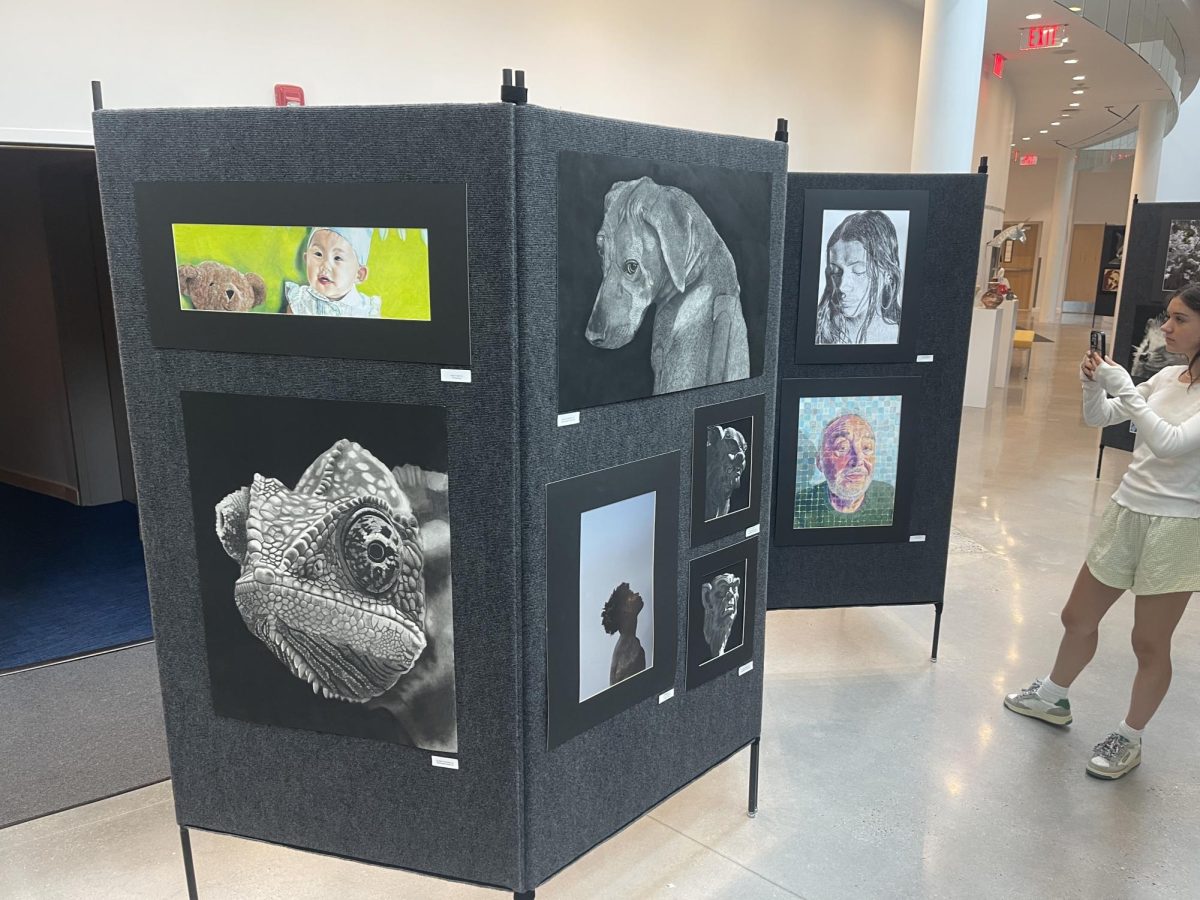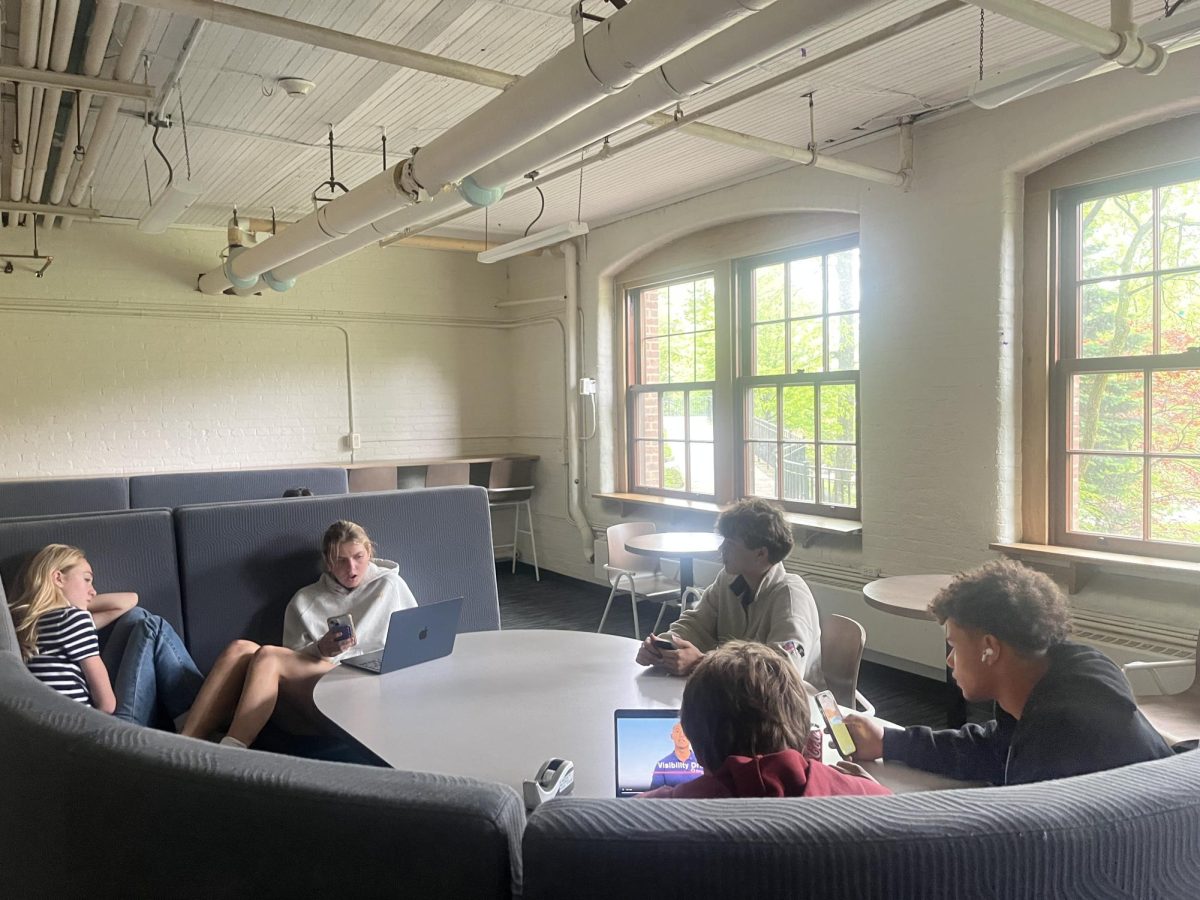“The noblest art of all is that of making others happy.” – PT Barnum
How many people have dreamed of running away to the circus once or twice in their life? To be constantly surrounded by the smell of popcorn, the jingling of the music, and the amazing animals. So many were excited for their first time going to the circus, an opportunity to pet a lion, hold a snake, or meet a clown.
My friend loves the circus, having gone multiple times since she was a kid. She said, “Yeah, I’ve been to the circus a bunch of times, usually when I was younger. I always liked the imaginative feel it gave me, like anything was possible. I went this year, though getting older kind of shattered the illusion I had had when I was younger, the show was kind of sad.”
This is the common sentiment of circus goers in recent years. The fantasy of a big top that is larger than life is shattered by old dogs, burnt popcorn, sad clowns, and angry ringmasters.
While PT Barnum, the man often credited with making the modern day idea of the circus, may have been in the business of making others happy, he also was in the business of making money. The version of the circus that he made was tailored to his audience, people who almost never left their hometowns, the circus being the greatest excitement and entertainment in most of their lives.
Modern day audiences are different. Everybody has phones, or a TV, and access to books, all things to stimulate education. We don’t have to wait for the circus to roll through town to see an elephant or an ostrich, we just have to go to the zoo, or even the internet.
A teacher and student here at Hackley agreed, saying: “The concept of the circus is cool, but I would much rather watch movies. There’s so much more that movies can explore that circuses can’t.”
Movies take a more modern approach to imagination, they have grown with their audience and with the times, while the traditional, old fashioned circus has not. Some shows like Cirque du Soleil use the circus name and idea but flip it on its head, combining traditional circus acrobatics and clownery with broadway style acting and effects.
While the circus may have morphed into a different form of entertainment, the fantasy of the traditional big top still lives on, with a friend saying: “I would always choose to go to the movies, but I like seeing the vision of the old circus through movies and books. I like that version of the circus a lot more than the modern day show.”
Numerous movies and books keep the fantasy of the circus alive, with characters like Richard Grayson from the Batman comics having a background in circus arts, and famous franchises like the James Bond movies featuring the circus as a central location in many of their films. Other movies like Water for Elephants, Animal Crackers, The Greatest Showman, and Moulin Rouge all explore themes of the circus.
In modern opinion, the movies are a better form of entertainment than the circus, but the idea of the circus lives in the hearts of many people, and the fantasy and imagination it brought to the world will be hard to forget.



